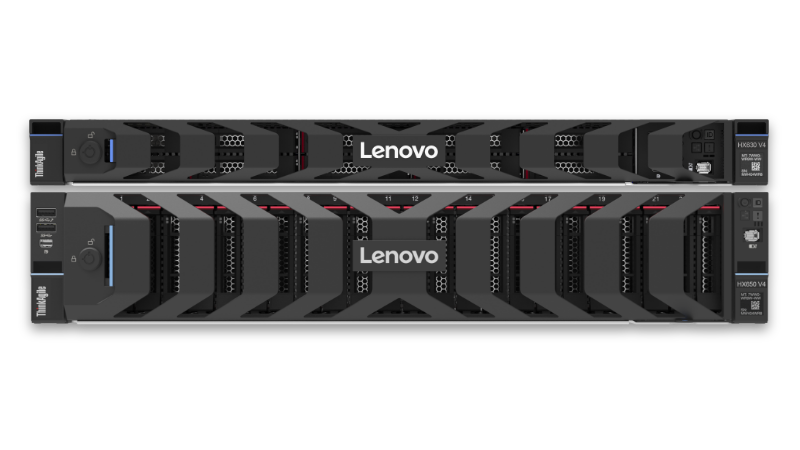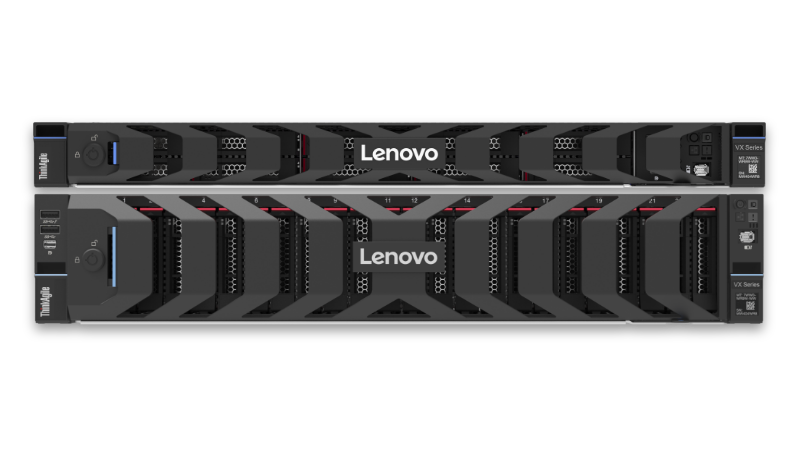Software Defined Infrastructure (SDI) enables organizations to control how IT workloads are distributed and perfected so they can maximize the value potential of their infrastructure deployments. Early movers in this journey should take advantage of technology like SDI, which will deliver optimum levels service delivery for customers with low latency or high performance apps as key competitive differentiation features that set them apart from competitors who haven't yet made such strategic investments into updating existing systems.
The demand for data center automation, intelligence and virtualization is growing. With its expanding scope of these technologies applied to cloud-based solutions in industries such as healthcare or government it's clear that DI will continue on top!
There are reasons why software-defined infrastructure (SDI) is becoming increasingly popular. SDI can help to improve efficiency and agility, while also reducing costs. Here are the key benefits of SDI:
1 .Increased Efficiency and Agility - With SDI, you can manage your resources more effectively and respond quickly to changes in demand. This makes it easier to adapt to fluctuations in traffic or business needs.
2. Reduced Costs - SDI can help you reduce your infrastructure costs by automating tasks such as deployment, provisioning, and management. This makes it easier to manage your resources and improve ROI.
3. Improved Scalability - The cloud has been a game changer for the IT industry, providing organizations with increased scalability and flexibility. But as businesses continue to demand more from their IT infrastructure, it's becoming clear that traditional approaches to scaling are no longer sufficient. This is where software-defined infrastructure comes in.
4. Ease of Management - IT teams can now provision and check their software-defined infrastructure from a central dashboard. This is possible with the ease of use that app store like dashboards provide, so IT professionals won't have to worry about any time-consuming tasks anymore!
There are myths and misconceptions surrounding SDI. Let's dispel some of the most common ones:
1. SDI is only for Big Businesses - This couldn't be further from the truth! SDI can be used by businesses of all sizes, from SMEs to large enterprises. In fact, many small businesses are already using SDI to streamline their operations and improve efficiency.
2. SDI is Expensive - While it is true that implementing an SDI solution can be costly, the long-term benefits far outweigh the first investment. When you consider the time and money saved on data entry, storage, and retrieval, as well as the increased accuracy of information, it's easy to see# how an SDI solution can quickly pay for itself.
3. SDI is Difficult to Implement - Again, this is simply not the case. While every business is different and will have unique needs, there are off-the-shelf SDI solutions available that can be easily customized to fit your specific requirements. Plus, with the help of a professional service provider, the implementation process can be smooth and hassle-free.
4. SDI is only for Technical Users - Wrong! While SDI does need some technical knowledge, it is certainly not limited to IT professionals or other tech-savvy users. Thanks to the user-friendly interfaces of today's SDI solutions, even those with no# technical experience can easily learn how to use and receive help from SDI.
5. SDI is not Secure - This is one of the biggest myths about SDI. In reality, SDI is actually more secure than traditional data management methods. This is because SDI solutions typically include built-in security features, such as user authentication and data encryption, which help to protect your information from unauthorized access or theft.
SDI will revolutionize the manner future-equipped companies will plan, obtain, and manipulate infrastructure sources. It gives a unified structure that brings together legacy systems, cloud computing, and workload-centric architectures below a single, plausible roof.
SDI, they may have few tactics to pick from; they can both embody those skills with trendy answers or make use of a customizable possibility. This trendy technique permits a quick, reliable, and clean course to a software program described surroundings; however, it is able to limiting its skills with inflexible proprietary tools and processes.
A custom answer may be an extended and in-depth process; however, it includes the authority to pick, and gather the infrastructure sources primarily based totally on an enterprise’s preference.
Our Services will let you flow in the direction of an SDI surroundings — allowing you to design, implement, train, and manipulate sources that force commercial enterprise results and put together your enterprise for the future.
The traditional model of infrastructure is one in which hardware and software are tightly coupled, making it difficult to change or upgrade either without affecting the other. This can lead to costly and time-consuming IT projects, as well as inflexible systems that are unable to keep up with your pace of business change.
Software-defined infrastructure (SDI) is a new approach that seeks to decouple hardware and software, giving organizations greater flexibility and agility in how they deploy and manage their IT resources. SDI does this by abstracting away the underlying hardware and presenting it as a pool of resources that can be dynamically distributed to meet all your changing needs for businesses.









